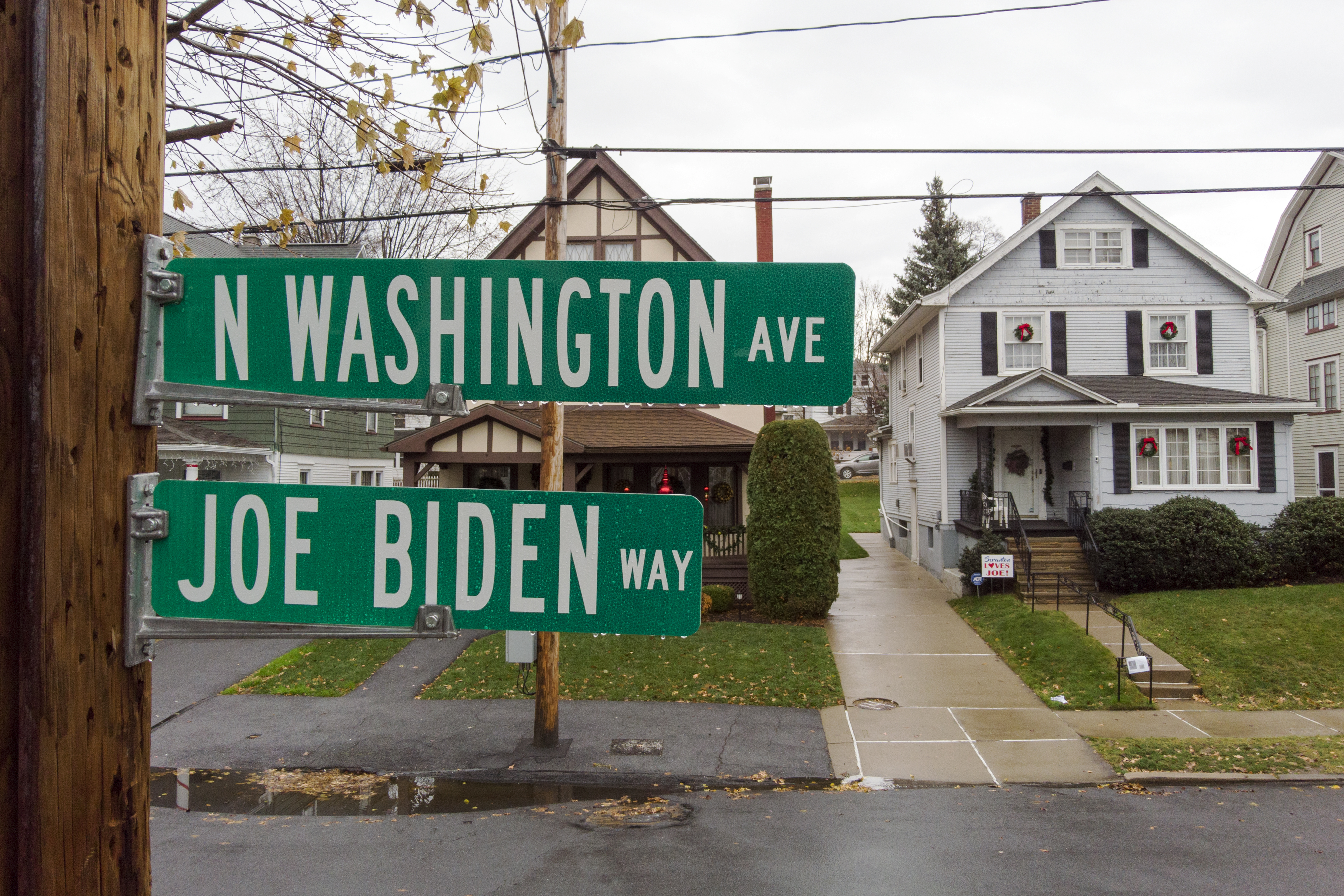Philadelphia's population rate has grown, providing some of the good news in a new "State of The City" report released Monday.
The 2011 report is the third such study conducted by the Pew Charitable Trusts' Philadelphia Research Initiative since 2009.
"The last few years have not been easy ones for Philadelphia. But there have been some promising developments, too," said Larry Eichel, Project Director of the Philadelphia Research Initiative.
According to the report, there have been positive trends in education. Test scores have gone up, there's been an increase in high school graduation rates and the percentage of adult Philadelphians with college degrees has been on the rise, and now stands at 23 percent.
The city's poverty rate has remained among the areas struggling to show progress. The report said the poverty rate stands at 25 percent, sixth-highest among the nation’s 50 largest cities and about where it has been for nearly a decade.
"The persistence of poverty remains one of the great obstacles to Philadelphia’s aspirations for a better future,” said Eichel.
Pew's commitment to the funding of the report, described as a snapshot of the city, was commended by Mayor Nutter's press secretary, Mark McDonald. He noted that the report shows both strengths, like positive gains in public school test scores and graduation levels, along with weaknesses, including a challenge to restore the city to pre-recession economic levels.
Politics
McDonald said Philadelphia has a long way to go "if this city is to compete in the global economy."
Here are some other key findings contained in the "Philadelphia 2011: The State of the City" report:
In terms of median household income, Philadelphia ranks 45th out of the nation’s 50 largest cities. The income gap between the city and the suburban counties of Pennsylvania and New Jersey has grown substantially in the past decade. In 2009, the median income in Philadelphia was less than half the median in those areas.
Compared to the rest of the country, Philadelphia lost relatively few jobs during the recession. Even so, the average unemployment rate for city residents in 2010, 11.5 percent, was nearly two full points above the national average. And the city has a higher percentage of adults who are neither working nor looking for work than any major city in the U.S. except Detroit and Cleveland.
While major crime in Philadelphia has declined dramatically in recent years, the number of major crimes increased last year, albeit slightly, for the first time since 2006. The city’s violent crime rate is eighth-highest among the 50 largest cities.



